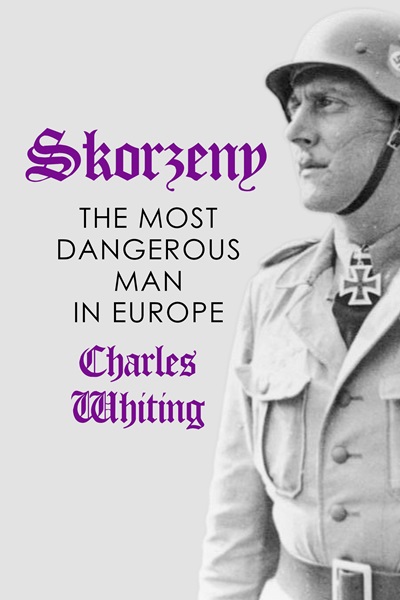
A gripping biography of Nazi commando Otto Skorzeny and the crucial role he played in the Second World War!

A gripping biography of Nazi commando Otto Skorzeny and the crucial role he played in the Second World War!
Perfect for fans of Stuart Smith, Charles Foley, Glen B. Infield, and Greg Annussek.
Otto Skorzeny’s incredible war record immortalised his name in history and reads like a fictionalised adventure story. During his two and a half years in covert operations, Skorzeny is credited with developing a technique of clandestine warfare unmatched by any other secret service of the time. His exploits undoubtedly changed the course of the war. These included the 1944 kidnapping of Miklós Horthy Jr., the son of Hungary’s Regent, who was secretly negotiating a surrender to the advancing Red Army, and the daring 1943 rescue of deposed Italian dictator Benito Mussolini.
A trained engineer from Austria, instantly recognizable due to his imposing stature and the sabre scars on his face from university duelling days, Skorzeny began his war training as part of Hitler’s bodyguard. After fighting on the Eastern Front, an injury led to a staff position in Berlin. It was there he began developing his ideas on commando warfare. His belief in taking bold risks to achieve political as well as military objectives soon brought him to the attention of the Führer and the Nazi High Command—and the rest is history.
Charles Whiting writes with personal insight, having seen active service during the Battle of the Bulge — a successful Skorzeny sabotage operation — and having met and interviewed Skorzeny on several occasions. Whiting also interviewed a number of Skorzeny’s fellow SS members and drew on numerous other sources and accounts to produce this authoritative work.
This book is a must-read for those interested in uncovering more about ‘the most dangerous man in Europe,’ beyond his most famous exploits. Whiting sheds light on Skorzeny’s early life, the rest of his remarkable war career, and his escape and life after the war, right up to his death from illness in 1975 at the age of 67.